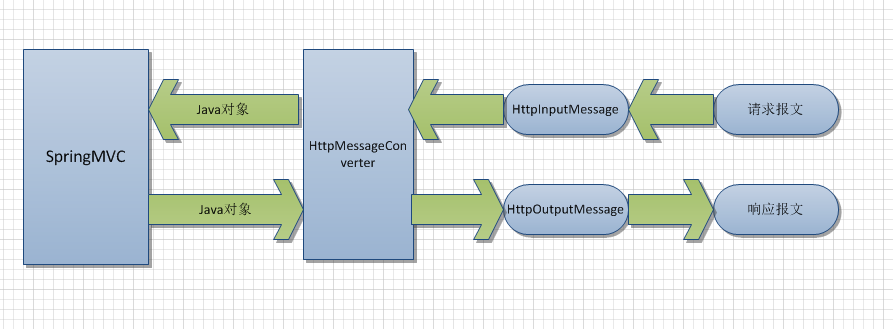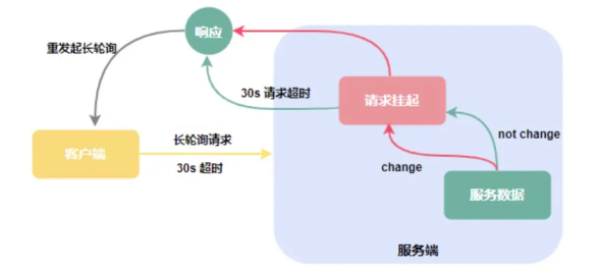AES encrypt with openssl command line tool, and decrypt in Java(使用 openssl 命令行工具进行 AES 加密,并在 Java 中解密)
问题描述
我有一个使用 openssl 工具进行加密的 bash 脚本.
I have a bash script that uses the openssl tool to encrypt.
#!/bin/bash
key128="1234567890123456"
iv="1234567890123456"
openssl enc -aes-128-cbc -in test -out test.enc -K $key128 -iv $iv
以及尝试解密脚本生成的文件的 Java 代码.
And Java code that tries to decrypt the file produced by the script.
public class crypto {
public static void main( String[] args )
{
try {
File f = new File("test.enc");
Cipher c;
Key k;
String secretString = "01020304050607080900010203040506";
String ivString = "01020304050607080900010203040506";
byte[] secret = hexStringToByteArray(secretString);
byte[] iv = hexStringToByteArray(ivString);
c = Cipher.getInstance("AES/CBC/PKCS5Padding");
k = new SecretKeySpec(secret, "AES");
c.init(Cipher.DECRYPT_MODE, k, new IvParameterSpec(iv));
CipherInputStream cis = new CipherInputStream(new FileInputStream(f), c);
BufferedReader br = new BufferedReader(new InputStreamReader(cis));
String line;
while ((line = br.readLine()) != null) {
System.out.println(line);
}
br.close();
} catch (IOException e) {
System.out.println(e.getMessage());
} catch (NoSuchAlgorithmException e) {
System.out.println(e.getMessage());
} catch (NoSuchPaddingException e) {
System.out.println(e.getMessage());
} catch (InvalidKeyException e) {
System.out.println(e.getMessage());
} catch (InvalidAlgorithmParameterException e) {
System.out.println(e.getMessage());
}
}
public static byte[] hexStringToByteArray(String s) {
int len = s.length();
byte[] data = new byte[len / 2];
for (int i = 0; i < len; i += 2) {
data[i / 2] = (byte) ((Character.digit(s.charAt(i), 16) << 4)
+ Character.digit(s.charAt(i+1), 16));
}
return data;
}
}
33,1 71%
当我运行 Java 代码时,它不会打印任何内容.脚本和 Java 代码是否不匹配?
When I run the Java code, it doesn't print anything. Is there a mismatch between the script and Java code?
第二个问题是我是否可以将其重写为使用密码而不是密钥/iv.为了做到这一点,有没有办法知道 openssl 用于给定密码的 iv?
A secondary question is whether I can rewrite this to use password instead of key/iv. In order to do that, is there a way to know the iv that openssl uses for a given password?
推荐答案
正如上面提到的@Polynomial,bash 脚本和 Java 代码之间的键和 iv 不匹配.将 bash 脚本更改为以下内容即可解决问题.
As @Polynomial mentioned above, the keys and iv's don't match between the bash script and Java code. Changing the bash script to the following solves the problem.
#!/bin/bash
key128="01020304050607080900010203040506"
iv="01020304050607080900010203040506"
openssl enc -aes-128-cbc -in test -out test.enc -K $key128 -iv $iv
如果按以下方式执行openssl,它将使用密码,并打印使用的密钥和iv.在上面的 Java 程序中,key 和 iv 可以被替换.
If openssl is executed in the following way, it will use a password, and print the key and iv used. That key and iv can be substituted in the Java program above.
openssl enc -nosalt -aes-128-cbc -in test -out test.enc -p
这篇关于使用 openssl 命令行工具进行 AES 加密,并在 Java 中解密的文章就介绍到这了,希望我们推荐的答案对大家有所帮助,也希望大家多多支持编程学习网!
本文标题为:使用 openssl 命令行工具进行 AES 加密,并在 Java


- Java包名称中单词分隔符的约定是什么? 2022-01-01
- Jersey REST 客户端:发布多部分数据 2022-01-01
- Eclipse 插件更新错误日志在哪里? 2022-01-01
- 将log4j 1.2配置转换为log4j 2配置 2022-01-01
- Spring Boot连接到使用仲裁器运行的MongoDB副本集 2022-01-01
- value & 是什么意思?0xff 在 Java 中做什么? 2022-01-01
- 从 finally 块返回时 Java 的奇怪行为 2022-01-01
- 如何使用WebFilter实现授权头检查 2022-01-01
- Safepoint+stats 日志,输出 JDK12 中没有 vmop 操作 2022-01-01
- C++ 和 Java 进程之间的共享内存 2022-01-01





